As noted in Part One, picking up with the arrival of the 1950s … the Reading Company would begin replacing their fleet of camelback steam locomotives by acquiring a goodly number of the American Locomotive Company’s (ALCO) newly-offered diesel Model RS3, several of which were immediately assigned to the Newtown branch.
For those who loved these antique, chubby steamers, it was time to say good bye … the diesel era had arrived!
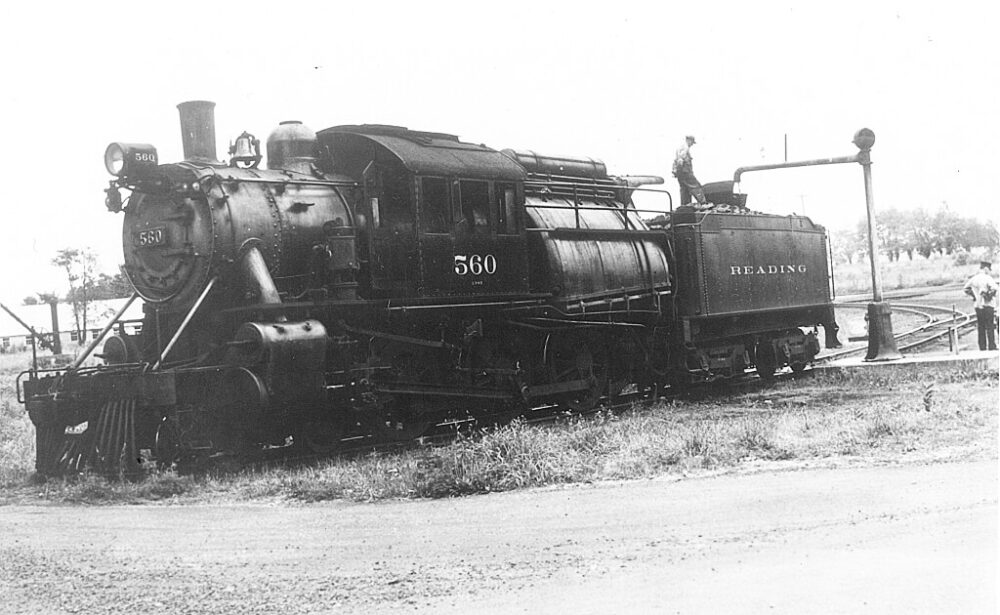
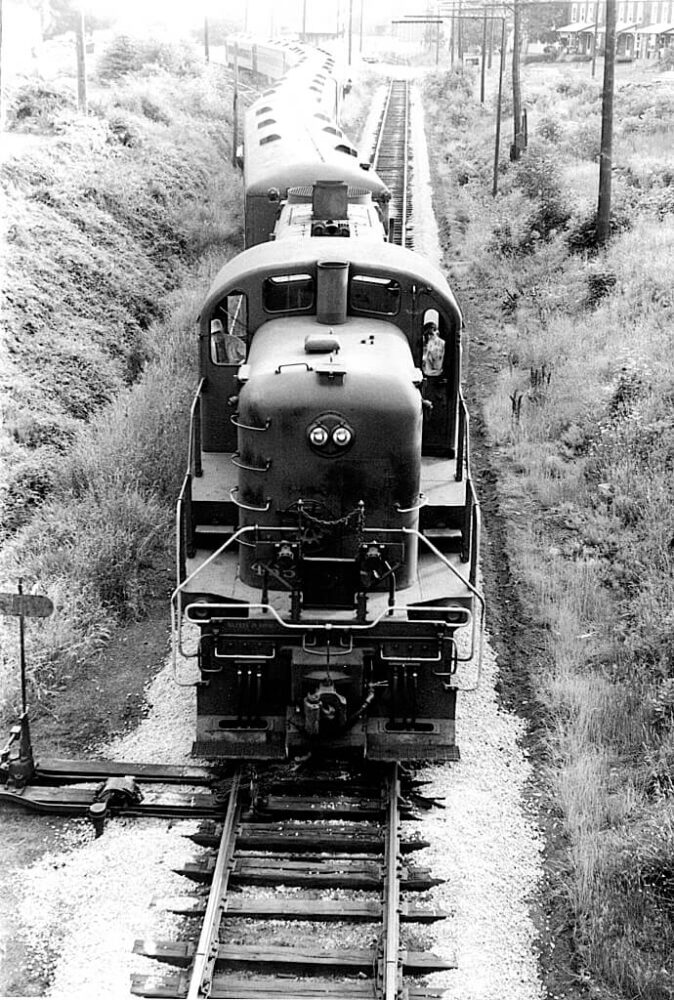
Before I go on, here’s a better look at the Newtown station which the Reading built in 1891, and continued in use through the end of operations by the Reading in the 1970s. There’s no date on the first picture, but from looking at the cars parked there, it was taken either during or right after the World War Two. The other two, including the fireplace in the waiting room, are dated to the middle 1960s. (Anyone wish to guess as the when there was last a fire burning in that fireplace?)
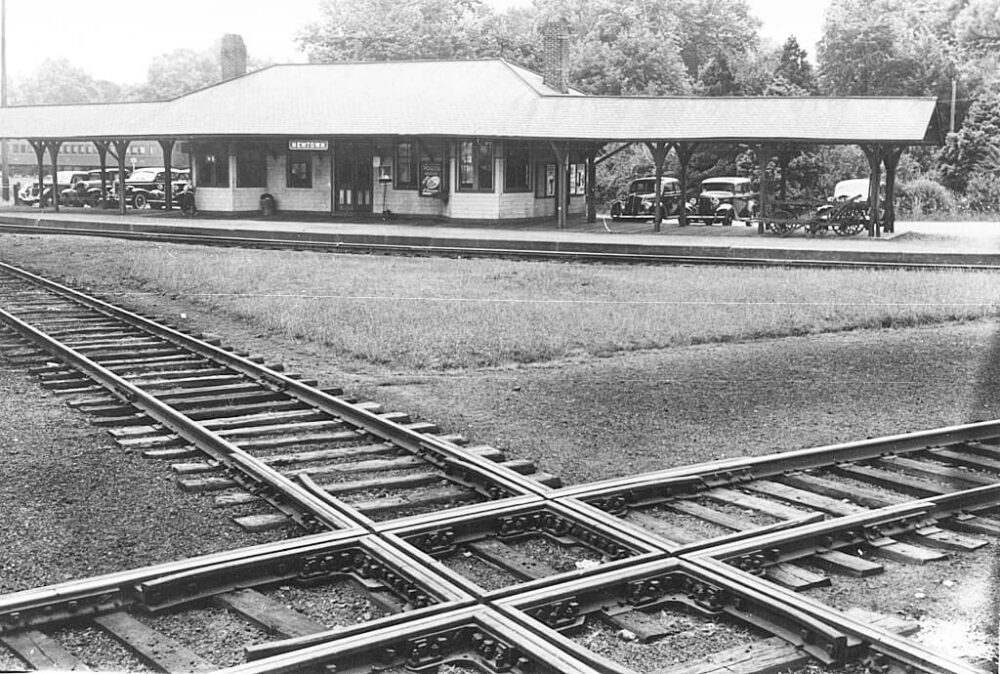
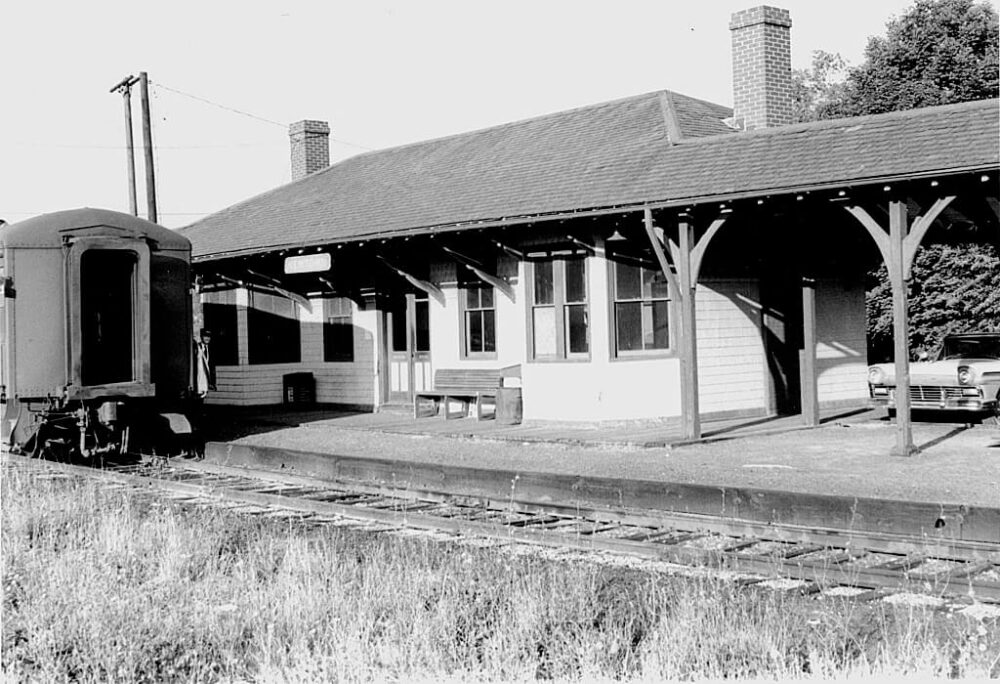
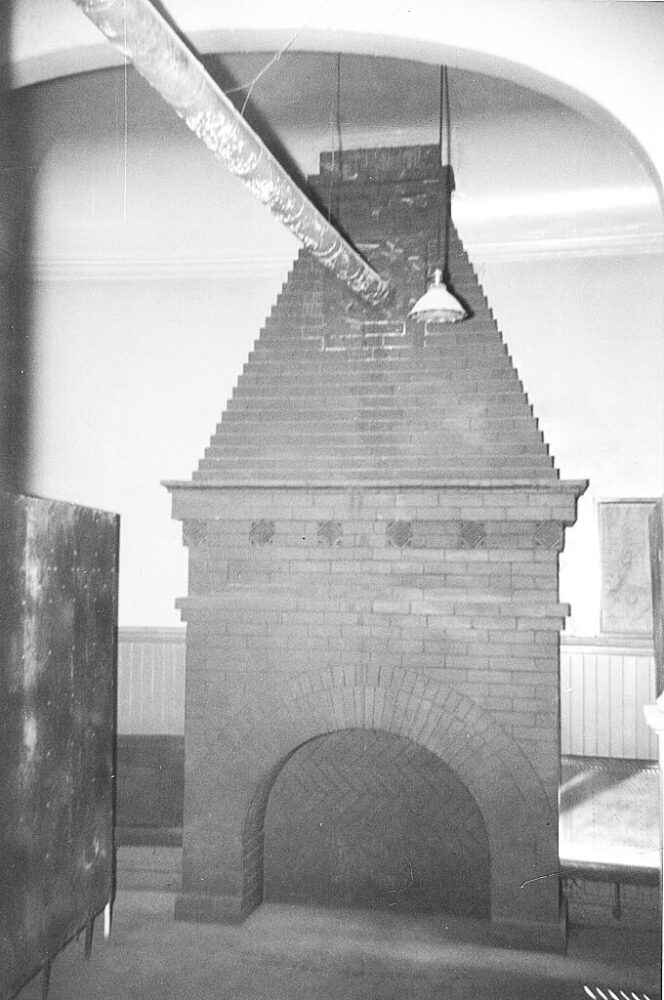
Interactive Map of Newtown Branch
Next, take a look at an inter-active version of the map of the entire route of the Newtown Branch as it looked from the early part of the 20th century through its — for any practical purposes — demise in the early 1980s. Note where the line crosses the Pennsylvania’s Philadelphia freight bypass (which we who lived/worked near it called the Trenton Cut-Off, which ran between Morrisville and Downingtown, PA and was electrified) and where it crossed the Reading’s West Trenton line just below the Bethayres station at grade on a diamond.
Feel free to click on the map markers for more information and zoom-in to see the line in greater detail:
Electrification Comes to a Portion of the Line
Other than change in locomotive power, much of everything continued the same until 1966. At this time, the portion north of Fox Chase became what might be called a “black sheep” member of the Philadelphia rail commuter system. The city of Philadelphia provided funds for the electrification of the line as far as Fox Chase, which sits on the border between the City and Montgomery County. However, neither the State nor the suburban counties of Montgomery and Bucks (through which the line runs to Newtown) stepped up to finance electrifying the remaining 15 miles. Though the Reading Company completed the project in 1966, the passenger service from Newtown using diesels continued to be offered by Reading, and continued into the era of SEPTA (Southeastern Pennsylvania Transportation Authority) and ended on July 1, 1981.
SEPTA took over all of the rail commuter passenger operations in the greater Philadelphia region in 1976 when the federal government financed Consolidated Rail Corporation (Conrail) acquired all of the assets of the bankrupt railroads in the northeastern U. S., including the Reading.
After terminating service in July 1981, just two months later SEPTA re-started service utilizing Budd RDC’s (Rail Diesel Cars). Why restore service? Apparently there was a loud out-cry from passengers who boarded the trains from stations at the upper end of the line. Why not do so using the diesel locomotives which had done the job well for nearly 30 years? Having had some experience with corporate management philosophy regarding such matters — and not finding anyone to give me a better answer — what you do is terminate service and gauge the response. If minimal, you are home free, ignore the complaints and close the case. As noted above, if there is sufficient out-cry, you restore service, as SEPTA did, showing “good faith” to its customers, the passengers; however, doing so in a different manner … in this case, using the Budd cars, provided an “out.” If they had returned to the diesel locomotives, there’d be no justification for not continuing the service until a better approach was established. Towards achieving their “ending service on the line” goal, it quickly became evident that SEPTA had minimal desire to properly maintain the Budd units to provide reliable service. At the same time, road crossing accidents were occurring regularly along the route, as SEPTA failed to properly maintain warning signals at the many grade crossings. This was becoming a burdensome legal expense as well. Sadly, passenger service on the Newtown branch would end for good in less than 16 months!
The SEPTA version of the Newtown station
Meanwhile, SEPTA removed the historic Newtown station building and replaced it with this shed.
Taking a sidetrack for a moment … two antidotal notes regarding the Budd RDC’s:
- Today, 40 years after SEPTA couldn’t keep the “aging” RDC’s operating reliably, the highly successful regional rail line, the Reading Blue Mountain & Northern Railroad, which provides freight service throughout northeastern Pennsylvania on an extensive network of lines … also has an active tourist passenger operation.
Primarily operating between Reading and the community of Jim Thorpe, the main equipment supporting this very popular attraction is a fleet of Budd RDC’s … all in top shape and totally reliable. NOTE: These are not new RDC’s … the last of the nearly 400 built came off of the assembly line in 1962!
- Which brings me to Point #2: All of these RDC’s were built in the Budd Company’s Red Lion plant … which is not as has been reported at times, located in Red Lion, Pennsylvania. Rather it was in northeastern Philadelphia on Red Lion Road, not many miles from where I lived during my growing-up years!
The plant had a rail line connection to the West Trenton branch of the Reading, connecting at Philmont, just a couple of miles up line from Bethayres. During my high school years in the early 1950s, we would travel by bus from Feasterville to Huntingdon Valley, passing this location. Frequently, sitting in a small yard at this junction would be one or two RDC’s, awaiting pickup by the Reading’s local freight.
Passenger Rail Service Ends
So, by 1983, passenger rail service had effectively ended. Especially happy about this were residents of the borough of Bryn Athyn … who had no real need for the line which passed through their community, as more frequent service via the electrified West Trenton branch was available at the aforementioned Bethayres station, located just a couple of miles down the road. What was desired was to get rid of the trains and the tracks and create a paved walking trail.
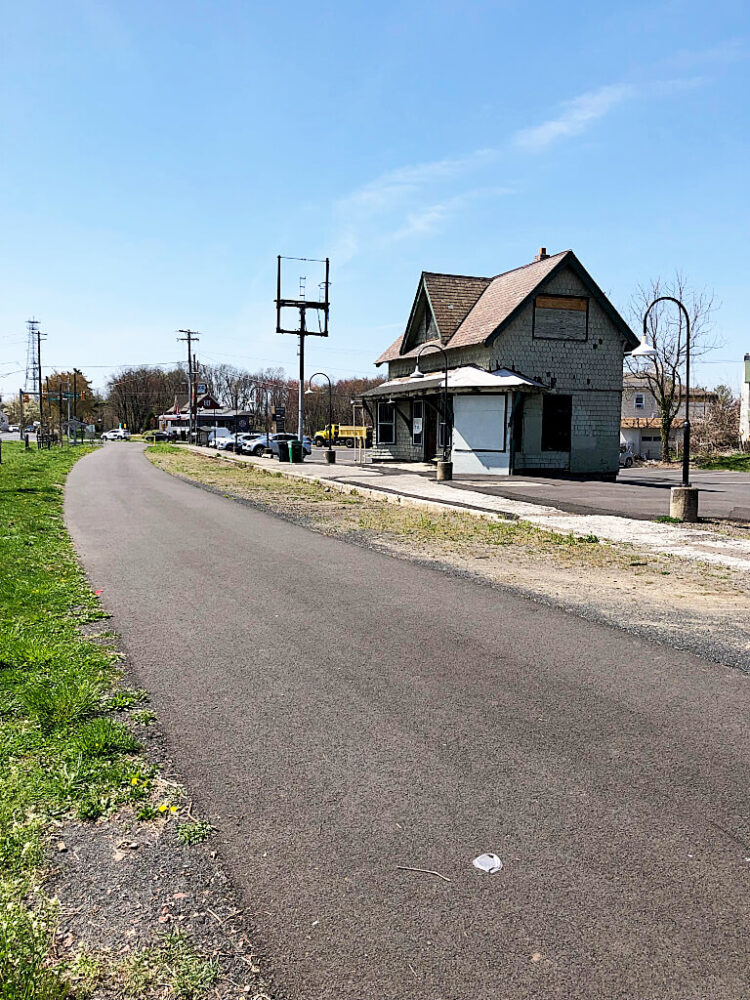
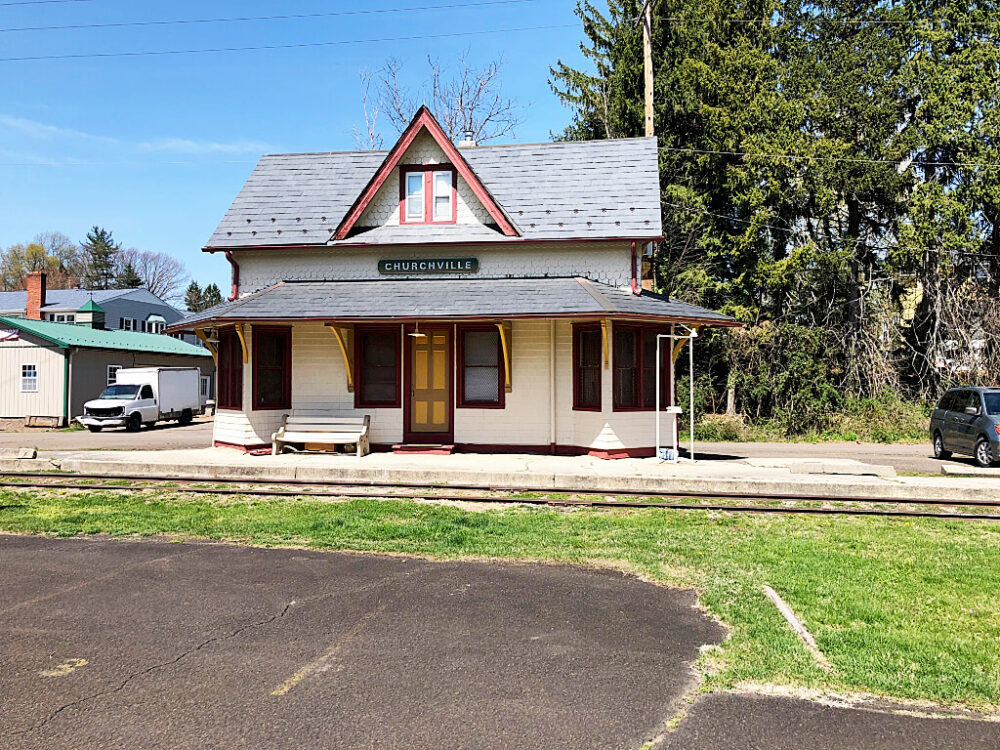
Leaping ahead 40 years to 2023, there are no tracks left in the six-plus miles of the old rail line which runs through Montgomery County, nor for the first two miles after it crosses into Bucks County and through the Village of Southampton. In these photos, taken by yours truly just a few weeks ago, the one on the left shows the paved trail passing in front of the old Southampton train station. The building itself is in such deplorable condition, I refuse to show it — however, a local couple have a goal of restoring it and opening as a coffee shop. The right photo is the next station up, the station for the village of Churchville. As you can see, the building has been extremely well cared for and in front of it, the only area where rails are easily visible in the remaining few miles, they are buried under weeds. And, this is likely the next area to see rail removal, as the current trail ends barely a half-mile to the left of this photo.
Wrapping up
Returning to Newtown and the end of the Reading Railroad branch which was once a vibrant commuter transport for those traveling into Philadelphia and, I believe, could still be today, if one were to look at highway congestion along its former route. Based on information shared with me over the years, SEPTA management very early on made a decision — as I referenced earlier — that they had no interest in any line which required something different than electricity to power the trains.
So, here we are today … in the below photo, if you look closely, you can see three tracks in the weeds and grass. This is where the Newtown branch ends, at the lower edge of Penn Street, at the bottom of the Newtown Station and wye area as seen on the borough of Newtown map found in Part One.
Beyond where those tracks end, there’s no evidence of anything related to a railroad ever having been there. Today, that piece of land, which is bounded by Penn Street, South Lincoln Avenue and Centre Avenue, is not much more than an industrial-type storage area.
All of the streets along the route which cross the tracks at grade have long-since been paved over and the warning signals removed. Whether SEPTA has ever officially abandoned the line above Fox Chase, or given local authorities permission to remove trackage, I cannot confirm. Yet, it’s obvious that SEPTA management has zero interest in the land that the tracks occupied, wants any responsibility, or has any thought of ever restoring rail service on the right-of-way!
So, now, as far as SEPTA and the railroad industry is concerned, the Newtown Branch lives on only in the history books, just like hundreds of other branches and spurs, even complete routes over which thousands of trains passed. Today, for what remains is known as the Fox Chase Branch, which likely will be the case into eternity!
Again, I want to credit members of the Newtown Historic Association for digging into their archives and finding the many historic photos showing the Newtown station and the rail equipment found there during much of the last century. Also to my webmaster Trishah for creating the inter-active map of the original line.
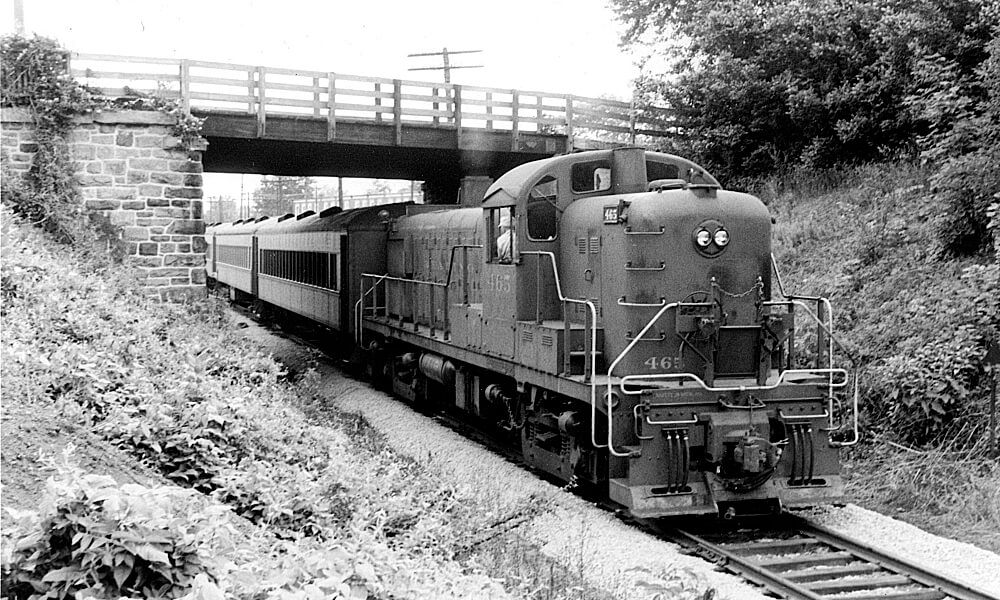


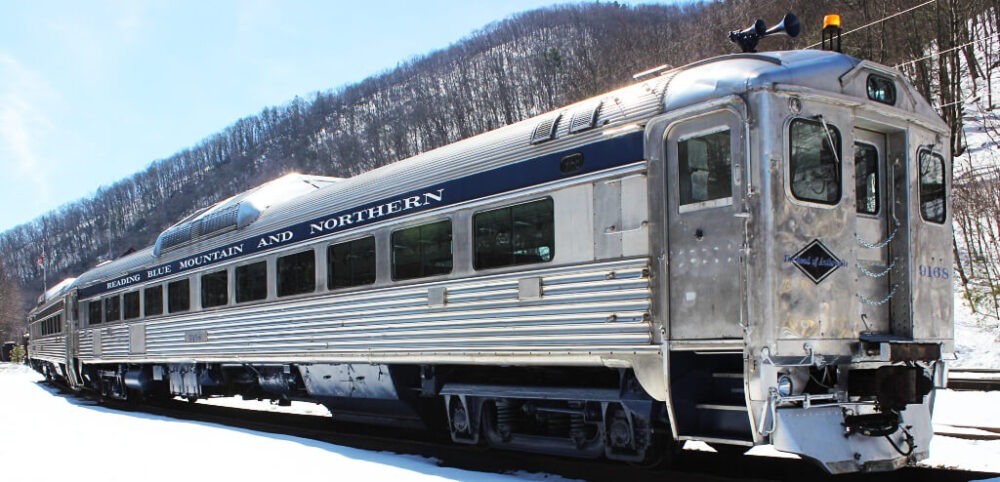
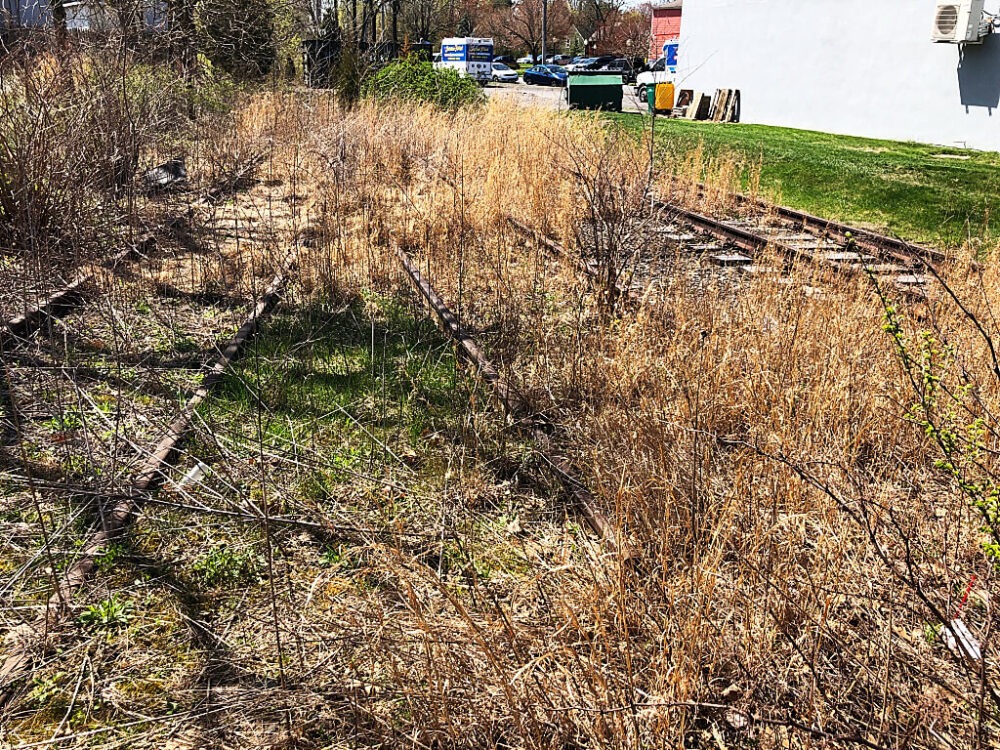

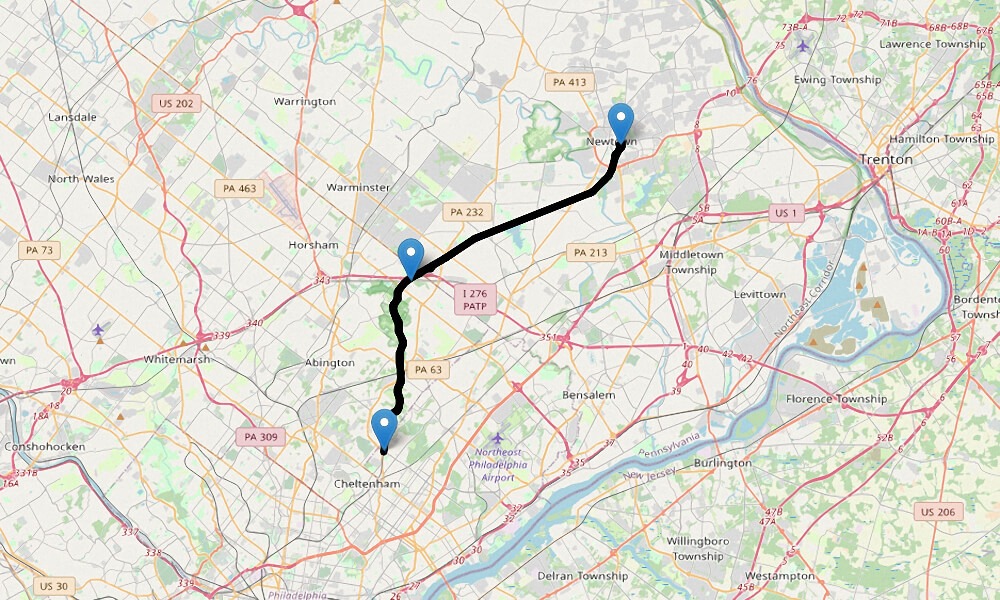
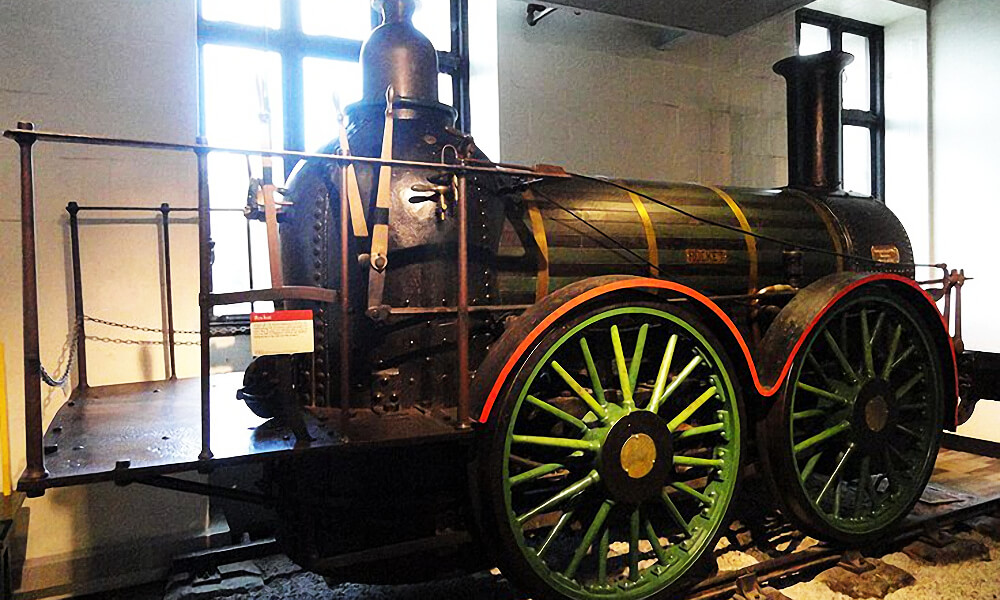

I’m happy to provide you with a non-legal answer – my apologies for such a delayed response, somehow I overlooked your message.
Since several months have passed, don’t know if you’ve done any exploring, but – while I haven’t done much exploring – it’s my view that everything from Second Street Pike to Newtown, other than road grade crossings which are paved over, everything is over grown. Legally, the rail line is still owned by SEPTA (even the parts that have been turned into a rail trail), but they have no interest; please, just don’t bother them about the territory. I’ve not seen any signs anywhere – just don’t have an accident on their property and try to sue them!